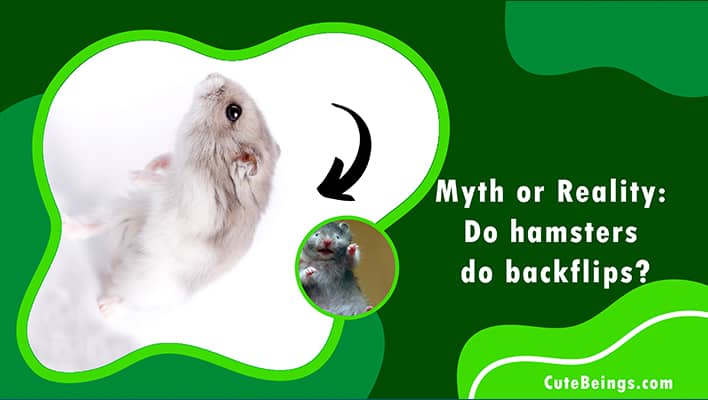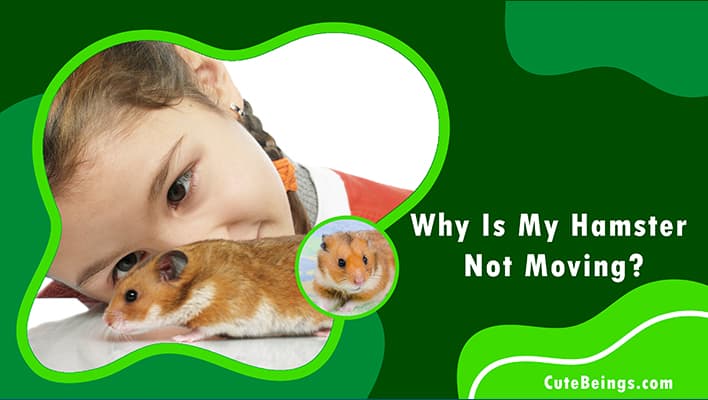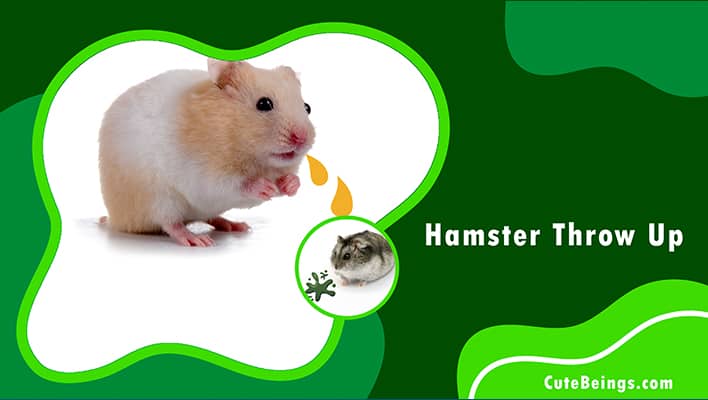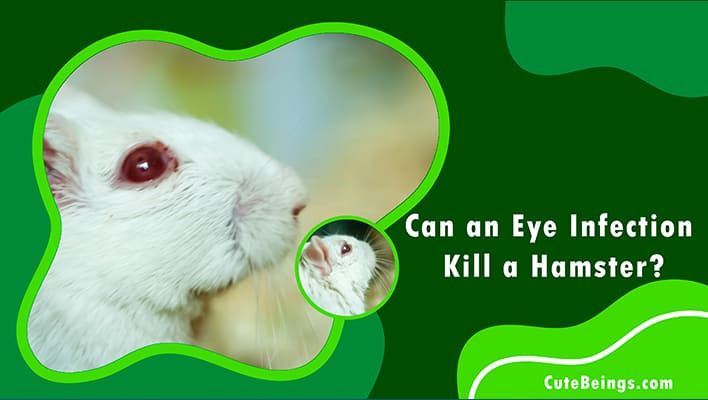Table of Contents
Can hamsters do backflips?
If you spot your beloved hamsters doing backflips, you will find that entertaining. You could ascertain this simply by looking at the YouTube videos available. You could see the hamsters’ owners laughing and enjoying watching them do backflips. However, none of these hamster owners are likely to know the true cause of the hamster’s backflips.
If your precious hamster is doing backflips nonstop, it means something is wrong with them. It is most likely due to a problem with their nervous system. Star gazing is a term that could be used to describe this type of unusual behavior. So to answer the question of whether hamsters can do backflips, yes, hamsters can do backflips without a doubt. We will learn more about why they do this and what treatments you can use to overcome this condition.
What does it mean when a hamster flips on its back?
If your hamsters are doing backflips on their backs, chances are that they may be suffering from ear infections. However, there could be the least chance of the hamsters doing backflips due to ear infections as well. The ears are what control the balance of the hamster’s body. So, if the hamster suffers from an ear infection, chances are that it could lead to disorientation in the hamsters, which would even make them fall over. This condition could be treated by the vet. They will most probably use antibiotics to treat this condition.
Brain damage could be another reason why the hamsters tend to do backflips on their backs. If the hamsters have had major damage to their heads, it would make the hamster’s brain swell. Further, it would have probably suffered from a tumor or stroke as well. If hamsters are doing backflips on their backs, that could be due to genetic flaws as well. This condition is commonly seen in hamsters, particularly Roborovski dwarf hamsters. However, the reasons for their having genetic flaws are yet to be discovered.
In addition to the aforesaid factors, hamsters tend to flip when boredom strikes as well. Aside from that, stress and mental breakdown could be two other factors that lead them to attempt the backflip. Considering that you have put the hamsters in the wrong environment, it would badly affect their mental health. Ultimately, they would end up doing backflips.
How to train your hamster to do a backflip?
You could train your hamsters to do backflips just like you would train them to roll over. To start, you need to hold a treat somewhere closer to the hamster’s head. Draw it backwards after that so they can keep following the trail with their heads. However, not all the hamsters would get familiar with this except for the sprightly dwarves, which would tend to do the backflips quite well.
You can also consider placing the hamsters on a slightly elevated surface. For example, you could consider placing them on a multi-chamber hide. However, you need to make sure that there is soft bedding underneath the hamsters so that they can land on it easily.
What is Hamster stargazing?
Stargazing is a term that is more related to the hamster’s behavior. They would start to do this by standing on their backs using their two legs while looking upwards and then falling backward after that. This has a connection to compulsive spinning. Furthermore, it was related to pacing from side to side. Some believe that this could be an effect of so many things mixed together. For example, they would do this due to some genetic changes as well as the general health of the hamsters. In addition to genetic disorders, injuries and mistreatment would also cause this condition.
Symptoms of Stargazing in Hamsters
Running in circles is a symptom of stargazing in hamsters. This is a strong indicator to let you know that something is wrong with the hamsters. You could call this waltzing. Furthermore, if you see the hamsters from compulsive pacing, that is a symptom of stargazing in hamsters. For example, if the hamsters run back and forth in a manic behavior pattern, it indicates that the hamsters are stargazing. Further, if you see the hamsters lose their balance when standing on their back legs, that also means they are about to stargaze.
Treatments for Hamster stargazing
You could go ahead with medical treatments for hamster stargazing. However, this would vary depending on the situation. So the best course of action would be to consult a veterinarian and get their advice on how to proceed. In addition to that, as a preventive measure, you could consider reducing the stress in the hamster’s life. It would be so beneficial for the hamster’s overall health. Hamsters would suffer from stress due to several reasons. For example, certain noises shared with multiple hamsters would make them stressed.
So to overcome this, you can consider changing the environmental conditions. However, try to keep the same layout and the smells that they are already familiar with. Consider improving the mental stimulation of the hamsters. For example, you can consider providing them with a bigger space or try introducing them to some new toys.
Do hamsters do somersaults?
Yes, hamsters can do somersaults or backflips. Concern should be expressed if a hamster frequently flips over and falls backward. Although it may appear to be a sweet and endearing prank, the truth is less amusing.
Conclusion
To wind up, if your precious hamsters keep falling backward and doing backflips, it means something is wrong with them. One might find this very cute and interesting, though the reality behind it is not interesting. So, I now trust that you are well aware of the root causes that would tempt them to do this and the methods you could practice to overcome this as well.
Even though veterinary care focuses a lot more on physical health, we must not forget that mental wellness is just as crucial. To provide a high standard of living for all animals, suitable housing and environmental enrichment are required.
Syrian hamsters require a separate cage with space to explore, an exercise wheel, a hiding place, hamster toys, clean bedding, and all the necessities for a comfortable life on both a physical and mental level.
Be aware that supervised playtime outside of the cage is still necessary even with the greatest cage. If the cage is big enough and the dwarf hamsters get along, they can share it with a few others.

Hello I’m Jason Daniel, it’s nice to meet you. As a professional veterinarian, I have a wealth of knowledge and experience to share with you. Writing articles about small pets is a great way to share my expertise and help you take better care of your pets.




